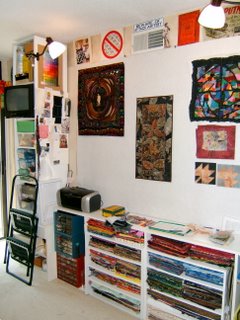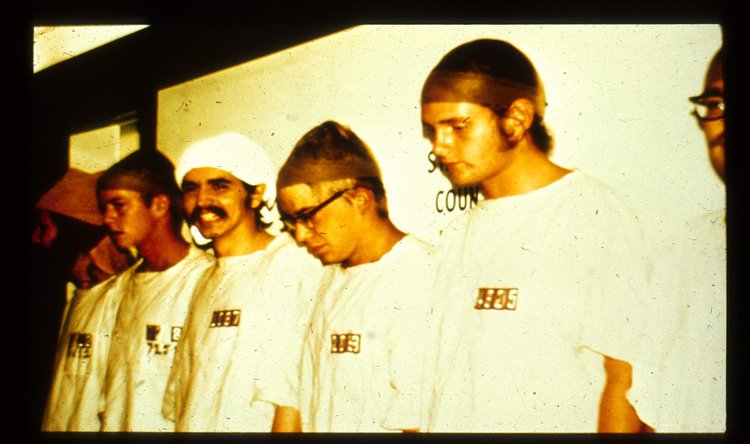Studio Set-Ups, North and South
/ Most people who visit galleries and museums have no idea how the objects of interest were created; they are merely floating in a nice, clean, sterile space.
Most people who visit galleries and museums have no idea how the objects of interest were created; they are merely floating in a nice, clean, sterile space.
The reality is, however, that most works are created in an environment of rich chaos: half finished bits, photos of strangers and loved ones, reference materials strewn about, tools of the trade on every surface and shelf.
A working studio is as alive as a tidal pool, constantly churning with material and color, the final works are almost like cast off shells, beautiful, but removed from the environment that gave life to them.
Check out Nellie Durand's two studios--North in Michigan and South in Tennessee--as she describes the balanced chaos that contains the energy and passion she brings to her work.
From Nellie's blog:
When I reorganized a year ago, I took the doors off the storage cabinets and way too many books out of the bookcases. My friends and the local library benefited from that task. Now most of my fabric stash is visible. My philosophy is, " If I can't see it, I don't have it". The silks, wools, etc. are in clear storage boxes stacked under the cutting table and sewing desk. I don't use those often, but I can still see and get at them.
The futon is my major "designing tool". I lay there studying whatever piece is on the design board. It's amazing what can be seen or realized in those moments of waking up or falling to sleep. Although, I'm thinking of replacing the futon with a stratalounger chair so there will be space to set up a table area just for fabric painting.
The important thing to remember is the "studio trap": many creative people (and I am one) spend a great deal of time deluding themselves that they will only truly be creative once they sink enough time and money into designing and building the perfect space.
It is important to remember that consistency is more important than complexity: you need to show up at the same place at regular intervals and focus on your work.
My studio has taken many forms in cities and dwellings ranging from apartments in St. Louis and Chicago to office spaces in Chicago to a 6' by 6' room in a private house in Poland.
Currently, it resides in a brick firehouse on Pittsburgh's North Side. But more important than the space, is the habit.
The habit of showing up and getting down to the business of creating.
Below are some inspirational books on both the spaces and processes a selection of artists have evolved over the years. My favorite is the work of Dan Eldon, who turned his journal into a vibrant, raw studio in its own right while he traveled in Africa, Europe and the US.
I'm honored that you featured my studios in your blog. I'm pleased with my spaces and how workable they are. Of course, it's possible to work in any, or no space if the desire and urge are present to do so.
I wanted to remind you of Hundertwasser's philosophy about studios.
"I found that the bigger the studio is, the bigger the windows, the worse the painter and the paintings. The smaller the studio, the smaller the windows, the better the paintings. When you have big windows you tend to look outside, and if you have small windows you tend to look inside - which is better." - This from the Harry Rand book; page 155.








